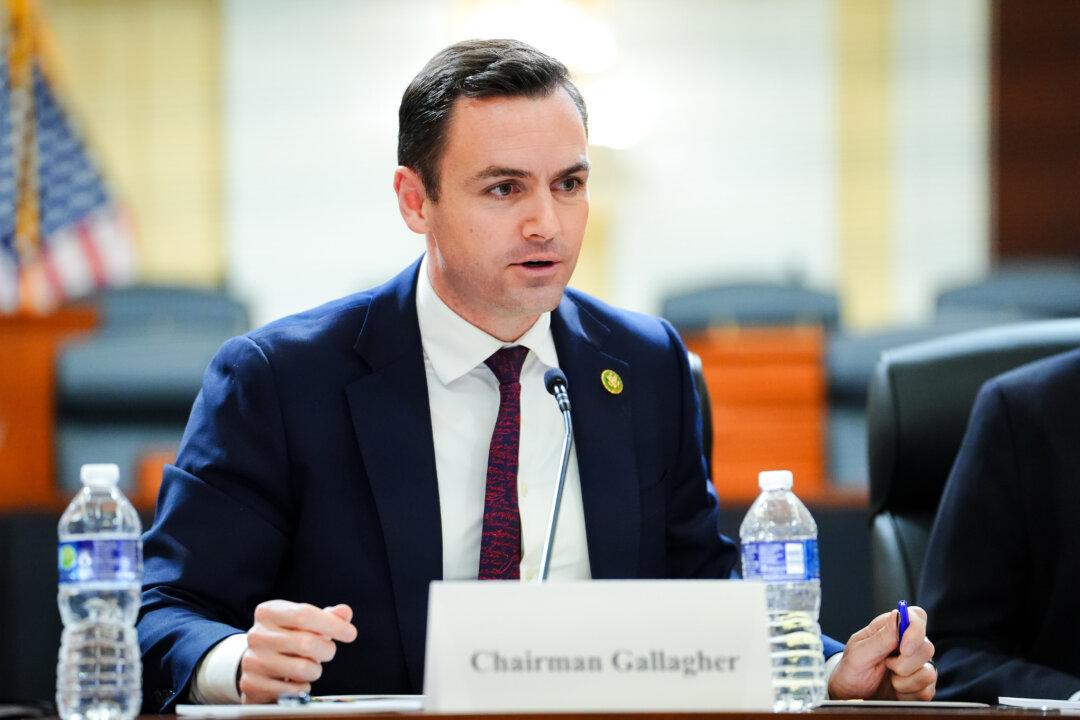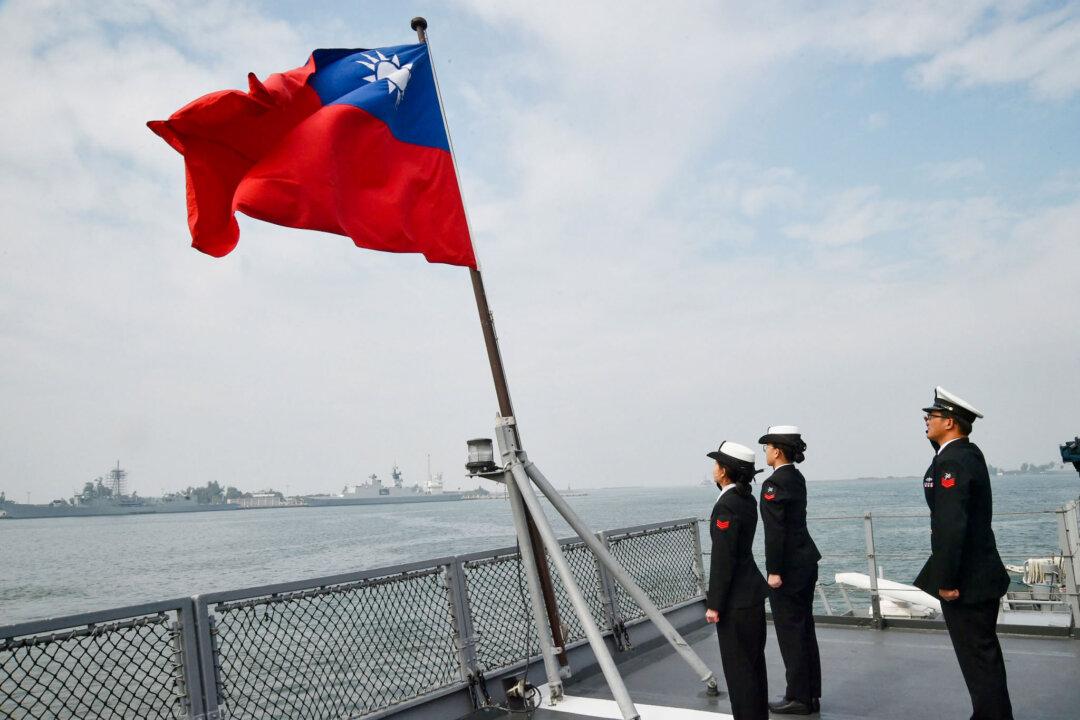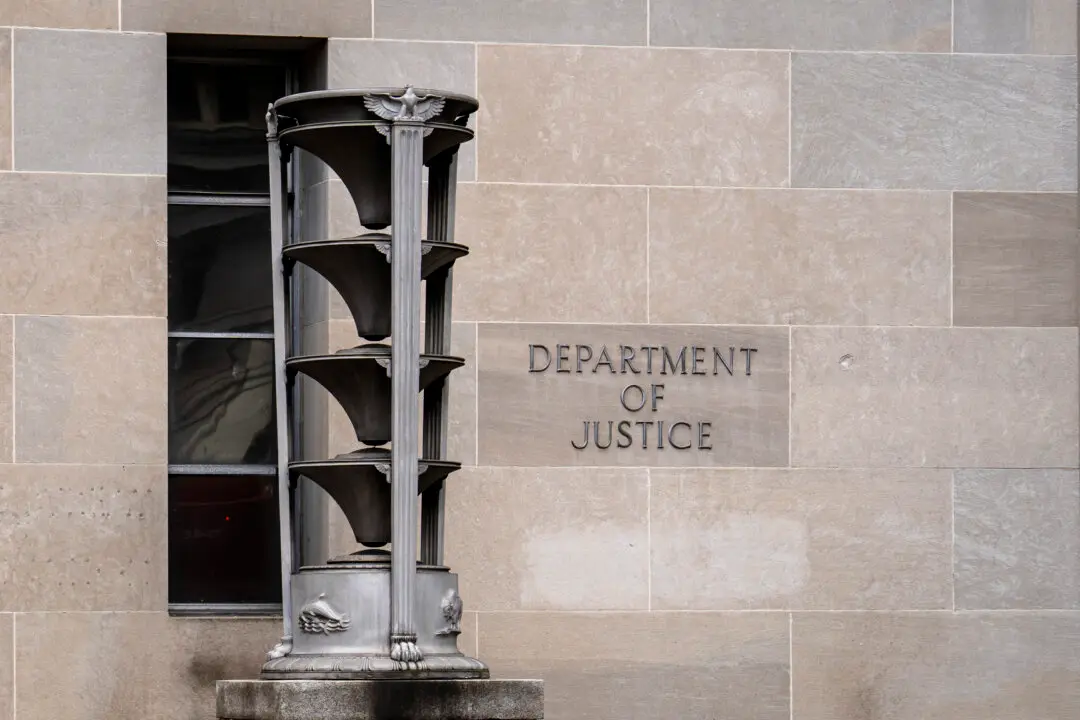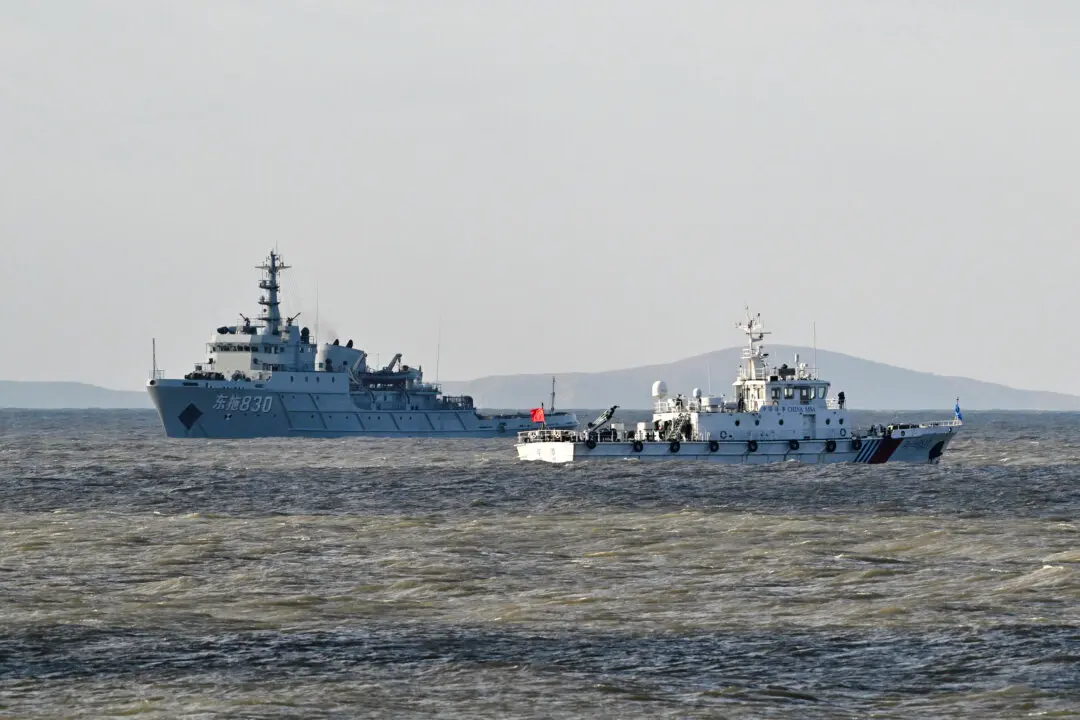The U.S. military sealift fleet is “woefully inadequate” for a potential conflict in the Indo-Pacific, according to Rep. Mike Gallagher (R-Wis.), chairman of the House Select Committee on the Chinese Communist Party (CCP).
Mr. Gallagher expressed concerns about the aging and underfunded U.S. sealift fleet in a Feb. 6 letter to Gen. Jacqueline Van Ovost, commander of U.S. Transportation Command, and Rear Adm. Ann Phillips, administrator of the U.S. Department of Transportation’s Maritime Administration.





